The PAC Herbarium contributes to a number of ongoing research projects.
Arboretum Barcoding Project
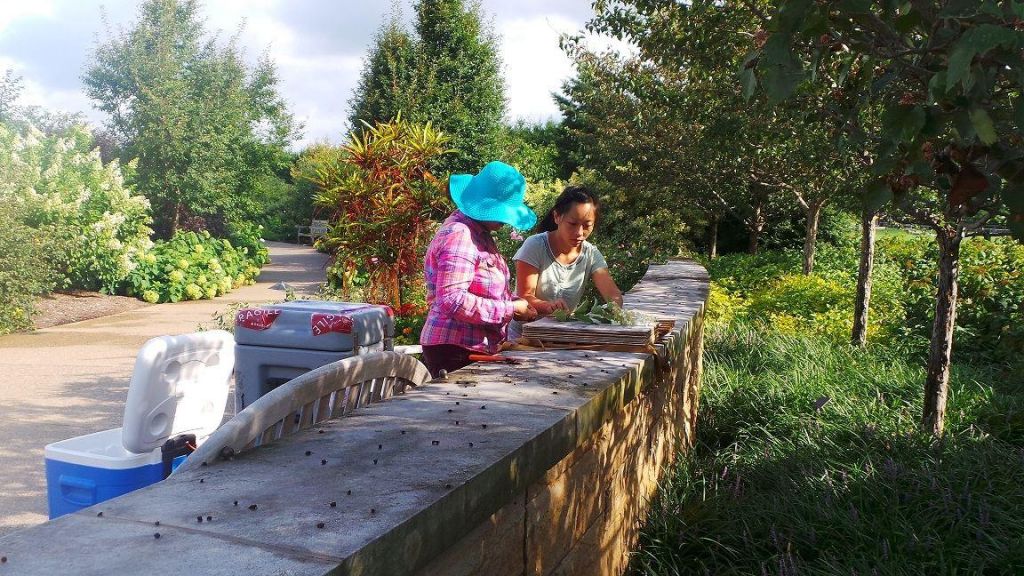
In 2016, the PAC Herbarium—in conjunction with the Arboretum at Penn State—initiated a DNA/RNA barcoding project for all accessioned species and cultivars at the Arboretum. Marcos Caraballo headed up the design and initial implementation of the study with assistance from Arboretum Curator Shari Edelson, Herbarium Curator Sarah Chamberlain, Post-Doctoral Fellow Uma Venkatesh, Nan Jiang, and Claude dePamphilis, along with other members of his lab. The team collected 90 plant vouchers in 2016 and 180 in 2017 within the formal gardens. The team also took dried and flash-frozen tissue samples from each vouchered plant to extract DNA and RNA. In future efforts, the team will also collect specimens and tissue samples from wild species in the adjacent Hartley Wood section of the Arboretum. Arboretum sample collections will be used to build a genomic resource for researchers around the globe as well as add to the value of the PAC collection. Barcoding data will also serve as a baseline to examine changes in DNA, RNA, and microbiomes from the same individual plants over seasons, across time scales, and among different localities. In conjunction with this study, Caraballo trained volunteers in DNA/RNA tissue collection and extraction.
Mid-Atlantic Megalopolis Project
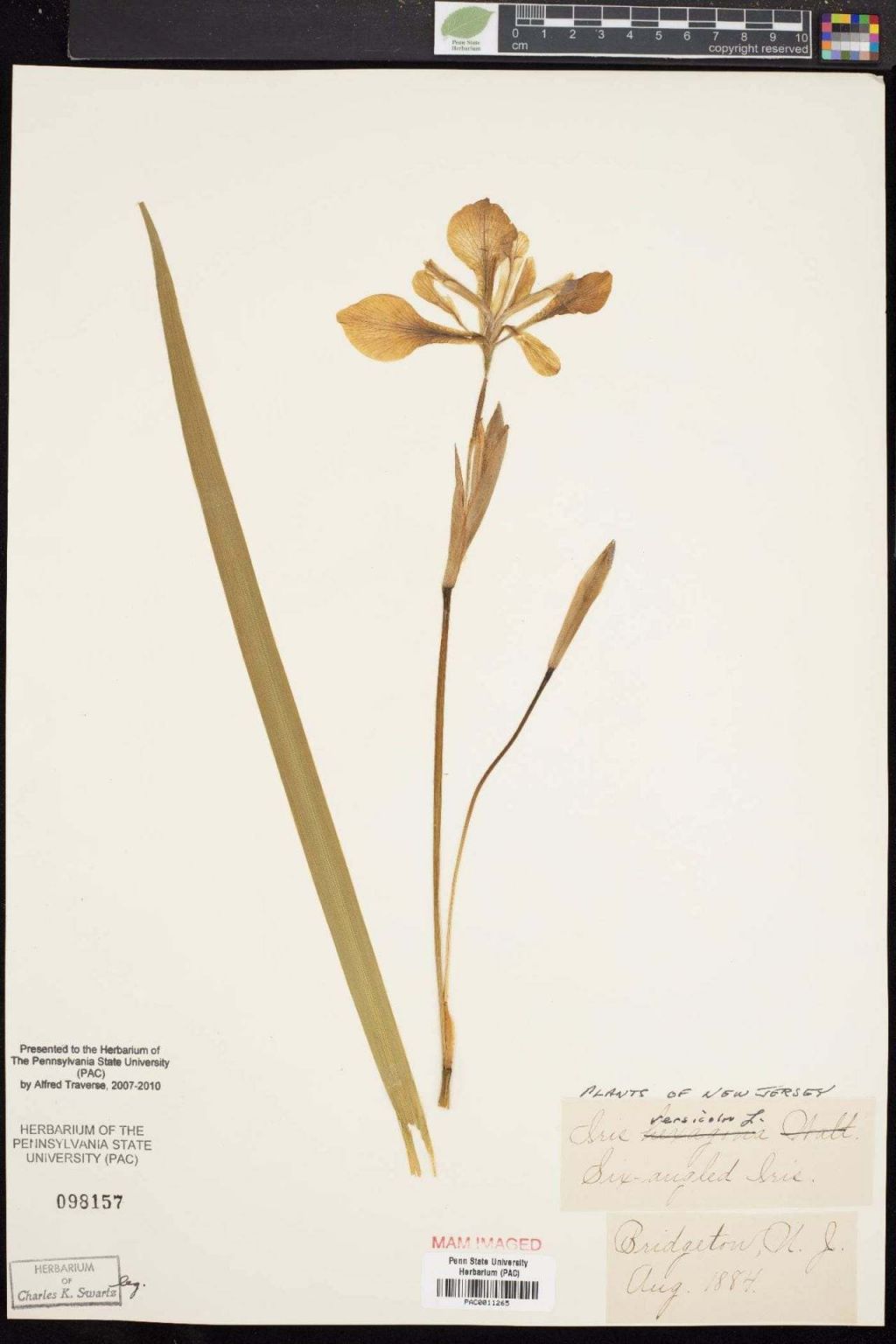
The MAM is a multi-year effort among 13 herbaria in the Mid-Atlantic Region to understand how different plants respond to urbanization over time. The resources generated by the project will assist urban planners, restoration ecologists, environmental engineers and architects in creating more sustainable and better designed cities including restored natural environments constructed within urban areas. As a partner to this project, the PAC will image and database approximately 65,000 specimens, encompassing all of our Pennsylvania collection and plants from the surrounding Mid-Atlantic states. The PAC specimens will provide important data about plant assemblages in the more rural central Mid-Atlantic region and will help put the study of urban areas in the correct context.
To search our collection, go to the Mid-Atlantic Herbaria Consortium page.
When you get to the Website, click on “Search” and then “Search Collections”. If you just want to search the PSU collection, click on the Select/Deselect All check box and then click on the check box next to “Pennsylvania State Herbarium”. Click on the “Search” button on the right hand side of the screen. This takes you to the search page where you can search by a number of different variables.
Once you’ve chosen your search parameter(s), click on “List Display” to get a thumbnail picture with label information or “Table Display” to get info in tabular format.
Note: the Chrome browser may not work correctly to access the database. If you’re experiencing any difficulties, use another browser.
Pennsylvania Rare Native Plant Studies
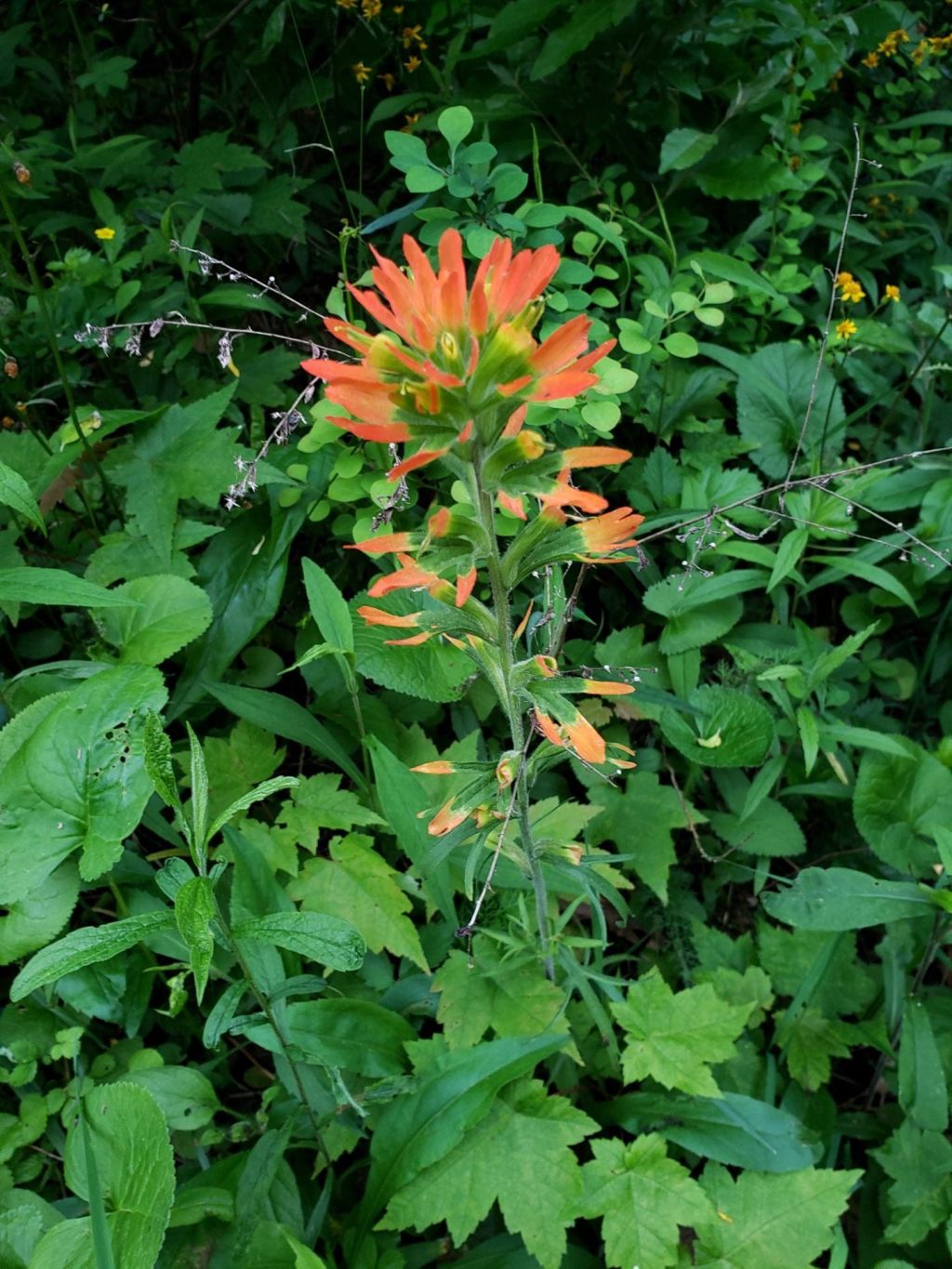
Parasitic plants have fascinated naturalists and scientists for hundreds of years with their extreme lifestyles, unusual habits, and often striking visual interest. There are over 4,000 species of parasitic plants distributed around the globe found in virtually all types of habitats, all representing symbiotic organisms that depend upon other plants for some or all of their nutrients. While some parasitic plants are known to be invasive and detrimental to agricultural or wood industries, this is usually not the case. Most native parasitic plants grow slowly and do little or no noticeable harm to the health of their hosts; many are of concern for conservation efforts with their known populations listed as vulnerable, rare, or even extinct. These plants are often visually striking even in the winter, and are sometimes cultivated in gardens as botanical curiosities and for educational purposes.
In the state of Pennsylvania, there are three uncommon parasitic plants attractive to gardens and in need of being located and propagated: two mistletoes and one herb or small shrub. The objective of this study is to relocate representatives from populations of these plants in Pennsylvania and nearby states, propagate them, and evaluate their use as garden plants in the Arboretum at Penn State for educational and conservation purposes.
Riparia Wetland Reference Collection
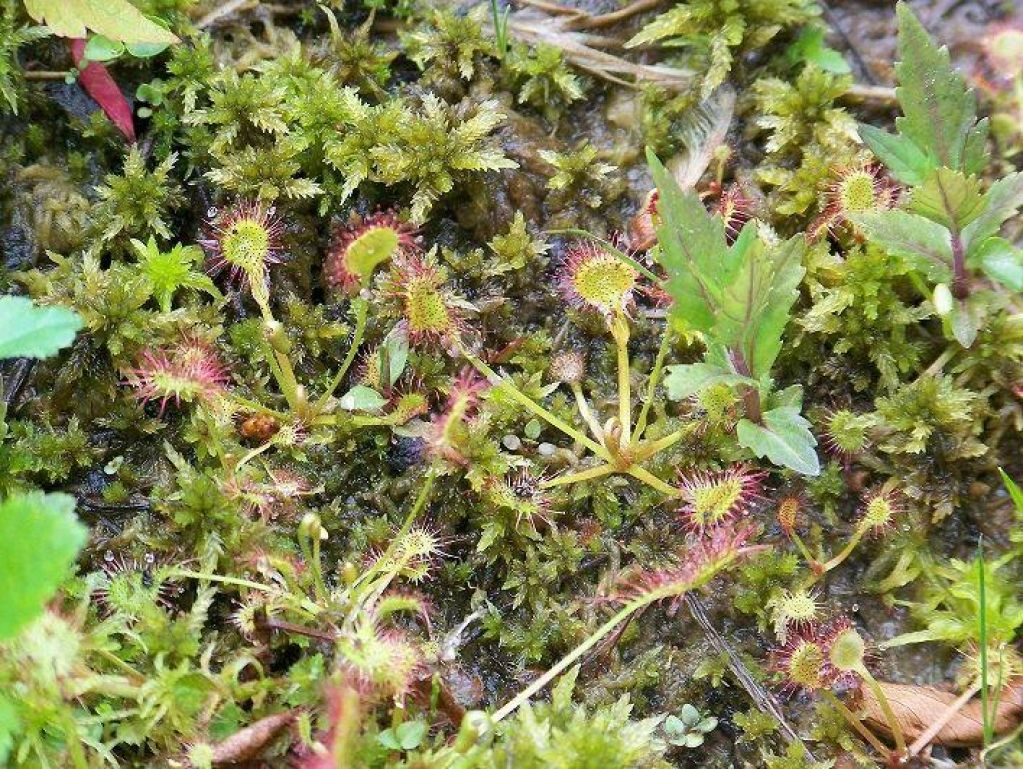
The PAC is collaborating with Riparia, a research center in the Geography department to voucher and collect DNA samples from plant specimens at reference sites throughout Pennsylvania. Twenty-four vouchers were collected from six sites in 2017. In 2019, vouchers and DNA samples were collected from 10 sites within the Commonwealth.
Big Springs Run Restoration Site Vouchers
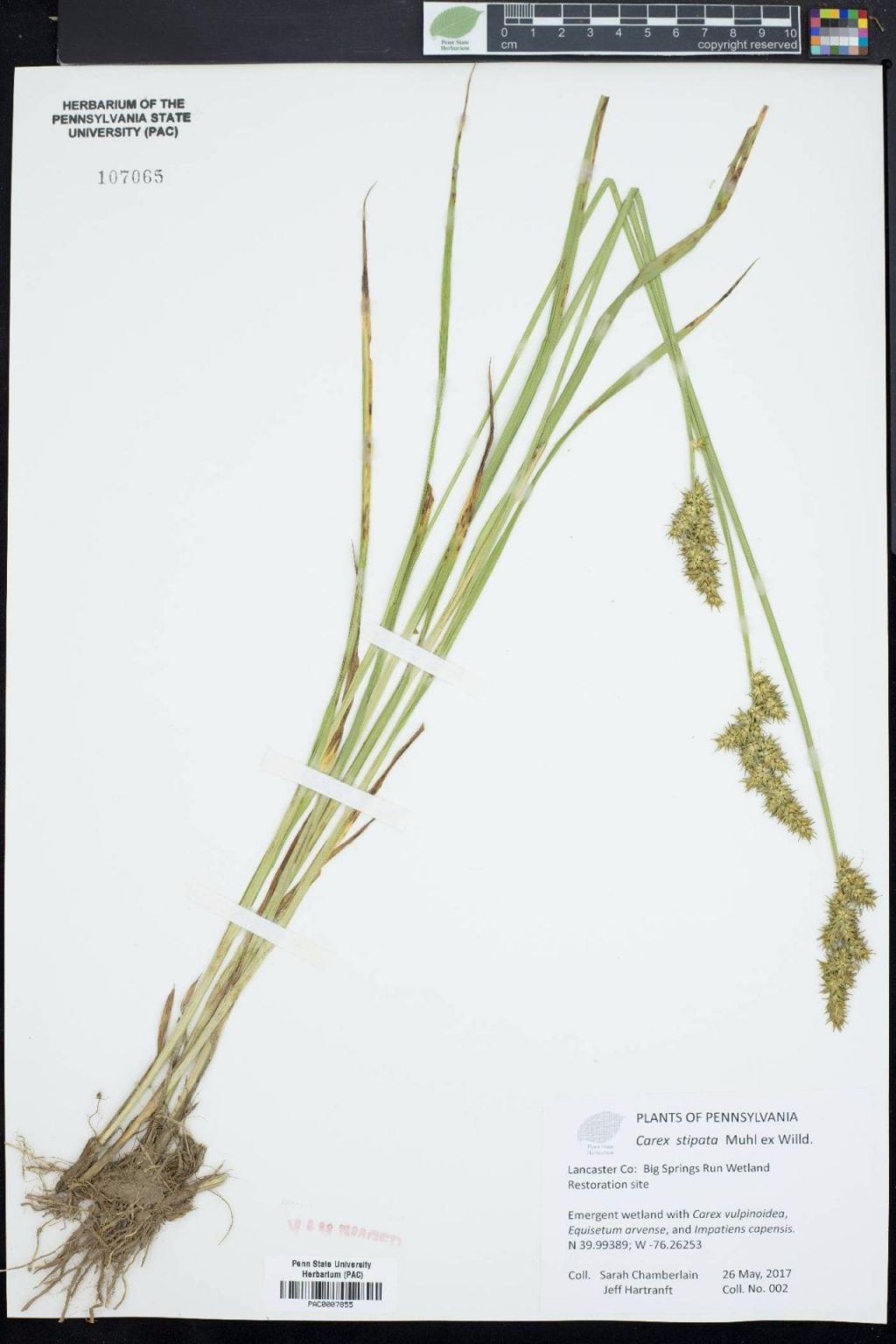
The Big Spring Run Restoration (BSR) voucher project is a collaboration with Dorothy Merritts and Robert Walter of Franklin & Marshall College, Lancaster, PA and the Pennsylvania Department of Environmental Protection. The BSR project is an experimental restoration project to mitigate legacy sediments from the removal of mill dams. The Curator worked with Jeff Hartranft, Water Program Specialist with plant DEP to collect over 80 voucher specimens from the site. Collections will continue in spring and summer 2019 to provide a complete inventory of specimens that will be housed at the PAC.